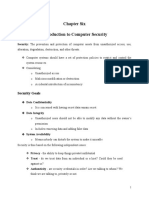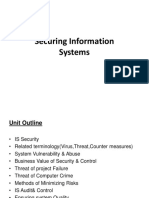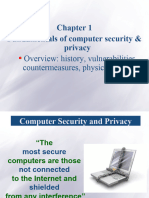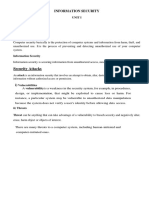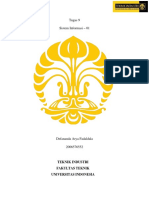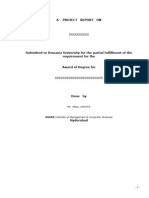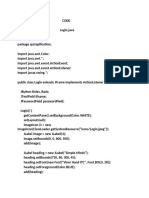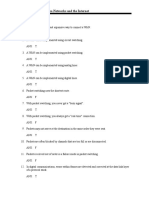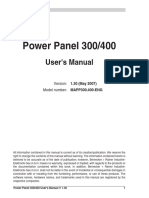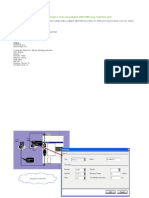0% found this document useful (0 votes)
13 views63 pagesComputer Security Chapter 1or
The document introduces computer security, covering its history, definitions, and the importance of protecting information from threats and vulnerabilities. It discusses the evolution of computing security, the goals of computer security (confidentiality, integrity, and availability), and various types of security attacks. Additionally, it highlights the significance of risk management and the need for controls to mitigate potential threats to computer systems.
Uploaded by
getasewwube3Copyright
© © All Rights Reserved
We take content rights seriously. If you suspect this is your content, claim it here.
Available Formats
Download as PDF, TXT or read online on Scribd
0% found this document useful (0 votes)
13 views63 pagesComputer Security Chapter 1or
The document introduces computer security, covering its history, definitions, and the importance of protecting information from threats and vulnerabilities. It discusses the evolution of computing security, the goals of computer security (confidentiality, integrity, and availability), and various types of security attacks. Additionally, it highlights the significance of risk management and the need for controls to mitigate potential threats to computer systems.
Uploaded by
getasewwube3Copyright
© © All Rights Reserved
We take content rights seriously. If you suspect this is your content, claim it here.
Available Formats
Download as PDF, TXT or read online on Scribd
/ 63





